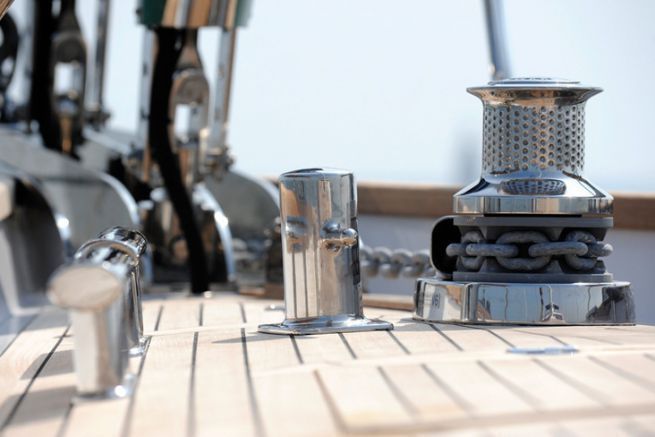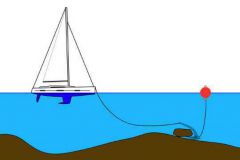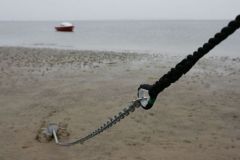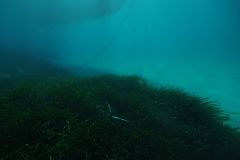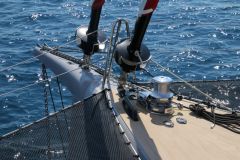With a complete range of vertical and horizontal windlasses, Lewmar is a major player in the field. With them, we have deconstructed the various preconceived ideas in order to make the clear to be able to choose its windlass in all serenity.
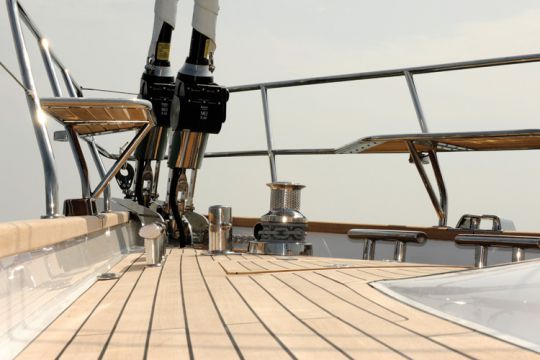
Misconception number one:
A windlass is chosen according to the size of the boat
No! A windlass must be able to lift a weight. It must have an electric motor powerful enough to lift the weight of the anchor. However, the weight of a mooring (length of chain + anchor) will not be the same depending on the navigation area, even for 2 identical boats. If you never anchor in waters deeper than 15 m, you do not need the same anchor as a user who always anchors in the Mediterranean at great depths. You must therefore adapt the windlass to the weight of your anchorage and not to the length of your boat.
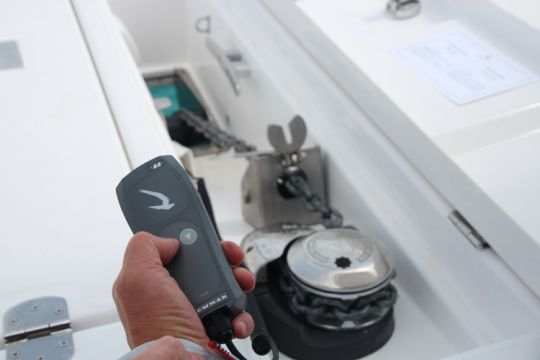
Misconception number two:
I never wet my entire anchorage so I don't need a big windlass
No! If you never anchor the whole chain, why not unanchor it then? "You never know, it might come in handy for safetyâeuros¦" So if you might need your whole chain, you need a windlass that can respond to even the most difficult needs. So you need to size the windlass to the weight of the entire anchor line.
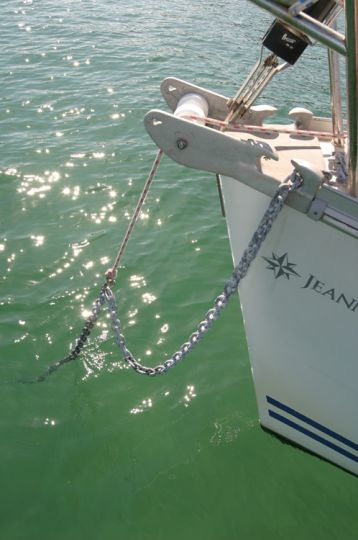
Misconception number three:
Once wet, I keep my chain on my windlass
No! It is absolutely necessary to take up the tension of your anchor on a cleat. The windlass is an electric motor with gears that are used to raise and lower the anchor. Not to lock it. With each pull on the chain, the gears work. This wears out the windlass prematurely, not to mention the risk of losing the anchor if the brake fails.
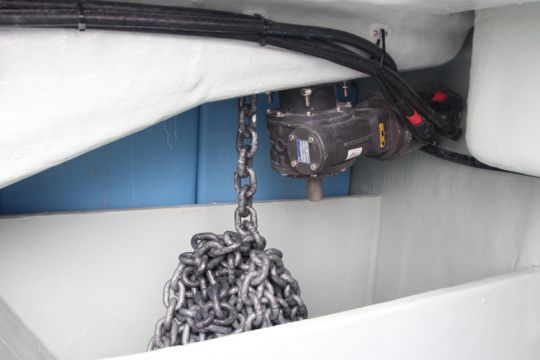
Misconception number four:
My guideau can stand being in the anchor locker
Like all equipment, windlasses must meet protection standards. It is therefore necessary to check the IP standard (water and dust protection) before installing a windlass in a dock. Some motors are just spray-proof, others can go underwater without worry. Remember that the anchor locker is often at the bow, an area that is regularly covered with sea spray.
